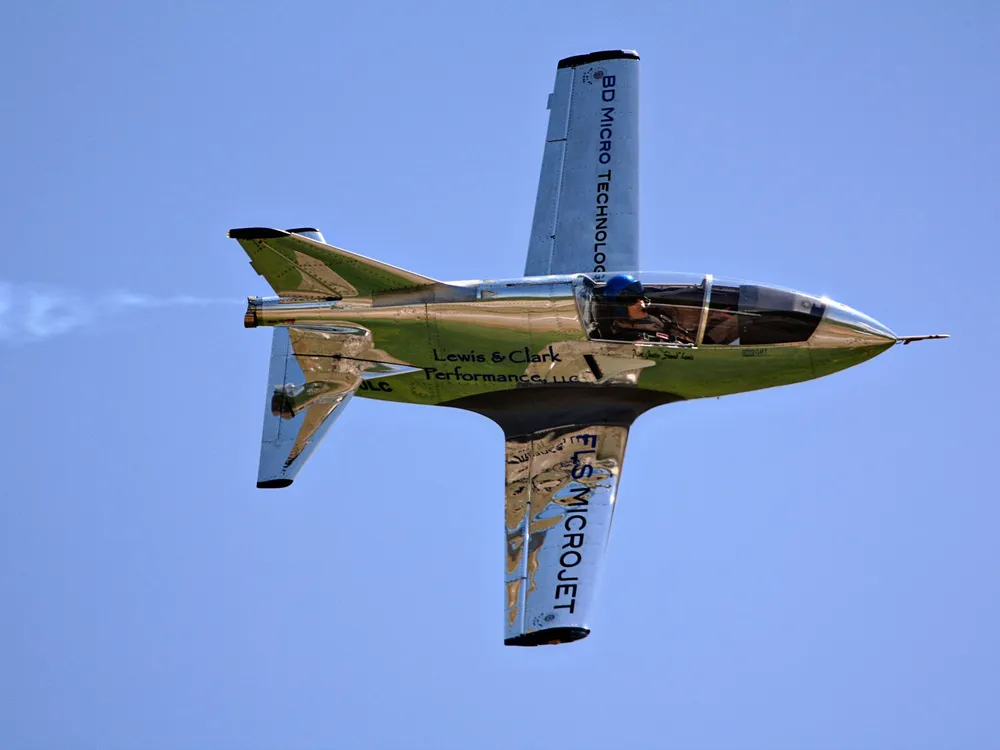
Fueling the Future of Aviation
As the aviation industry faces mounting pressure to address its environmental impact, sustainable aviation fuel (SAF) has emerged as a key solution for reducing greenhouse gas emissions. Unlike conventional fossil-based jet fuel, SAF offers a cleaner, renewable alternative that can significantly cut carbon emissions while maintaining performance and safety.
In this article, Jetsetzones.com explores how SAF is shaping the future of air travel and why it’s a trending topic in aviation circles today.
What Is Sustainable Aviation Fuel?
SAF is a type of biofuel designed for use in aircraft engines. It is produced from renewable sources such as:
- Used cooking oil
- Animal fats
- Agricultural waste
- Algae
- Municipal solid waste
Unlike traditional biofuels, SAF is refined to match the properties of jet fuel, making it a “drop-in” replacement. This means it can be used without requiring modifications to existing aircraft or fueling infrastructure.
Environmental Benefits
- Significant Carbon Reduction SAF can reduce lifecycle greenhouse gas emissions by up to 80% compared to conventional jet fuel. This includes emissions from production, transportation, and combustion.
- Cleaner Combustion SAF burns more cleanly, producing fewer particulate emissions and improving air quality around airports.
- Supports Carbon-Neutral Growth As part of the CORSIA (Carbon Offsetting and Reduction Scheme for International Aviation), SAF helps airlines meet carbon-neutral growth targets.
Industry Adoption and Support
Airlines around the world are beginning to incorporate SAF into their fuel supply. Major players like United Airlines, British Airways, and KLM have already conducted SAF-powered flights. Airports such as LAX and Heathrow are developing infrastructure to support SAF fueling.
Government support is also increasing. In the U.S., the SAF Grand Challenge aims to produce 3 billion gallons of SAF per year by 2030. The EU and ICAO are also pushing for stronger SAF mandates.
Economic and Technical Challenges
Despite its benefits, there are hurdles to widespread SAF adoption:
- High Production Costs: SAF is currently 2–5 times more expensive than traditional jet fuel. This cost barrier limits adoption.
- Limited Supply: Global SAF production remains relatively low, unable to meet current or projected demand without significant scaling.
- Feedstock Limitations: The availability of sustainable feedstocks could become a bottleneck as production scales up.
- Regulatory Hurdles: While some regions are SAF-friendly, others lack consistent policy frameworks to incentivize its use.
Innovations in SAF Production
New technologies are emerging to address these challenges. Companies are exploring synthetic fuels (e-fuels) made using captured carbon and renewable electricity. These fuels could further reduce emissions and expand the feedstock base.
Public-private partnerships, research funding, and carbon credit schemes are all being deployed to support SAF growth.
Conclusion
Sustainable Aviation Fuel is not just a trend—it’s a necessary evolution. As the aviation industry moves toward a more sustainable future, SAF will play a critical role in reducing environmental impact while maintaining global connectivity. Jetsetzones.com will continue to cover advancements in SAF technology, policy, and market adoption.

Leave a Reply